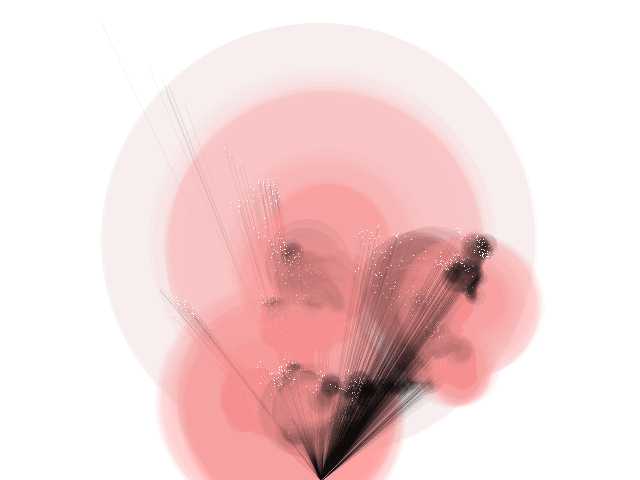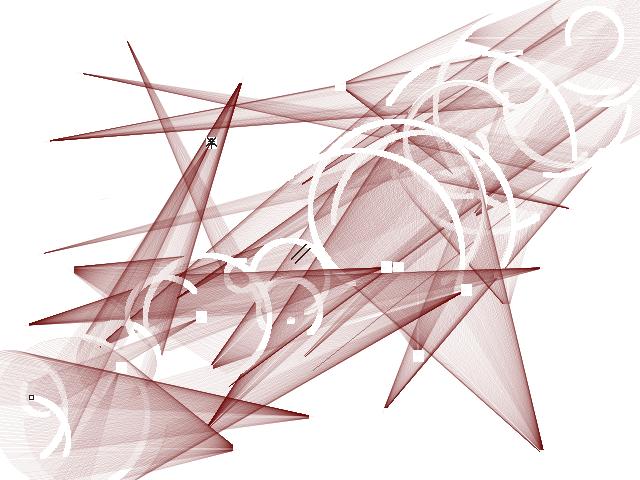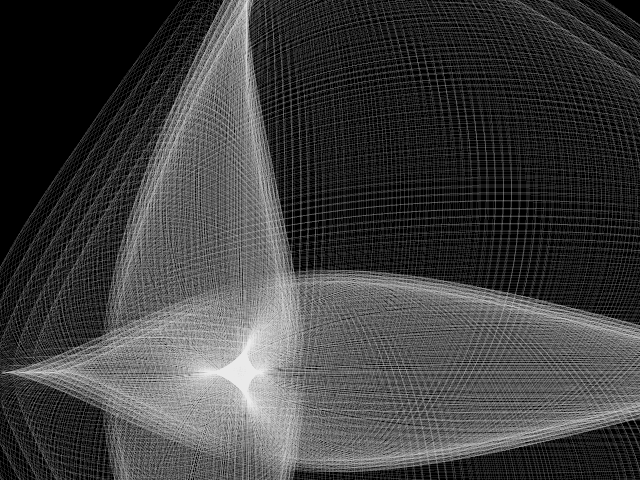The TURUX project is a seminal work in the history of internet art, first launched in 1997. As one of the earliest examples of interactive generative art on the web, the project received significant international attention and was featured in numerous books and magazines.
The project originated as a collaboration. The 21 interactive works presented on TURUX.at represent LIA’s core contribution to this seminal project. To preserve this important body of work for contemporary audiences, LIA has single-handedly rebuilt her entire series using p5js, making it accessible for modern browsers. The works are presented in their classic 800×600 pixel resolution, a format originally developed for CD-ROM distribution in the late 1990s, to maintain the integrity and aesthetic of this pioneering era.
The project’s significance was recognized with an award from Design Austria in 1998 and through its inclusion in major institutional exhibitions, including at the Künstlerhaus Wien (2000) and the Centre Pompidou, Paris (2003).
Selected Screenshots
Project Details
Experience the work: TURUX.at
Year Created: 1995-1997; Rebuilt 2020-Present
Medium: Interactive Generative Art (p5js, formerly Director)
Award: Design Austria, 1998
Selected Exhibitions:
Centre Pompidou, Paris (2003)
Künstlerhaus, Vienna (2000)









